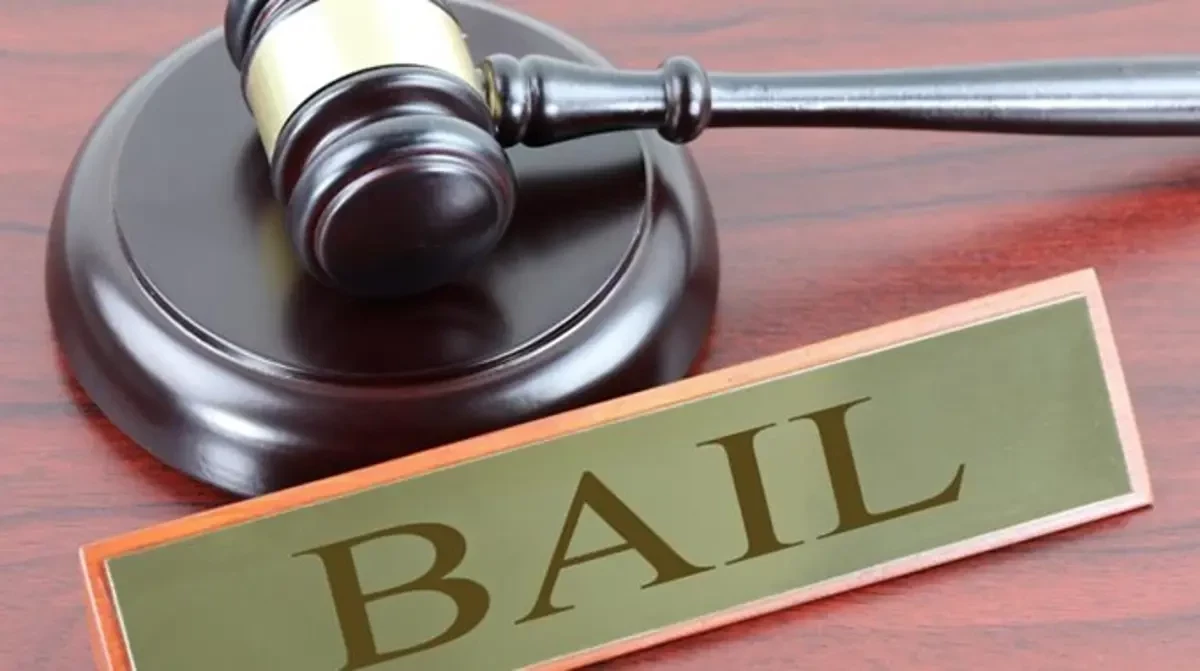
ALTHOUGH judges and magistrates are bound by the rules of procedure laid down in statute when adjudicating disputes, they nevertheless enjoy a measure of discretion.
It is that discretion which enables them to properly interrogate the issues before them and to reach fair decisions. In doing so, they may accept or reject any argument advanced by either party.
This discussion, however, focuses on the appropriateness of judicial discretion in criminal proceedings, specifically, in bail hearings.
Before the 2013 Constitution came into effect, an accused person brought to court for the first time had to apply for bail if they wished to await trial outside custody.
The onus lay squarely on the accused to prove that they were a suitable candidate for bail. This system was long-entrenched in Zimbabwe’s criminal procedure.
The 2013 Constitution fundamentally changed that position. Section 50 reversed the burden. Bail became a constitutional right.
Now, an accused person no longer needs to demonstrate that they deserve release pending trial. Instead, it is the prosecution that must show “compelling reasons justifying continued detention”.
Section 50(1)(d) of the constitution provides that: “Any person who is arrested must be released unconditionally or on reasonable conditions pending a charge or a trial unless there are compelling reasons justifying their continued detention”.
- ED’s influence will take generations to erase
- The Soccer Whiz:The return of the European heavyweights
- ‘Govt spineless on wetland land barons’
- Govt under attack over banks lending ban
Keep Reading
Under this provision, once an accused person first appears in court, they are presumed entitled to bail unless the state proves otherwise. Strictly speaking, therefore, the concept of a “bail application” no longer exists in such circumstances.
What occurs is better described as a bail inquiry, where the court considers whether the prosecution can demonstrate compelling reasons to deny release.
Although section 115C of the Criminal Procedure and Evidence Act (CPEA) still refers to “bail applications”, it must now be read in light of the Constitution. In practice, only in respect of Third Schedule offences, such as murder, treason or motor vehicle theft, does the accused person now make a formal bail application in the High Court.
Yet, in police dockets, one still encounters the phrase “bail is opposed”. That begs the question: how can one oppose an application that has not been made?
Problem with judicial interference
Under both the old and new systems, once the issue of bail arises, the prosecution retains the discretion either to consent to bail or to oppose it.
Under the old regime, where the accused had to apply for bail, the prosecution would respond by either consenting or filing opposition papers.
Under the current system, even though there is no formal “application”, the prosecution must still indicate its stance. If it believes there are compelling reasons to detain, it must set out those reasons for the court. If it consents, the accused should, in principle, be released.
However, in practice, many magistrates and judges do not readily accept the prosecution’s consent. Section 117(5) of the CPEA allows the presiding officer to probe whether such consent “was properly made”. This, in my respectful view, is problematic.
In criminal proceedings, the state is the dominus litis, the master of its own case, much like a plaintiff in a civil matter. The decision on how to prosecute, what charges to bring or whether to consent to bail lies entirely with the prosecution.
Once the state consents to bail, that ought to end the matter. A judicial officer who questions or rejects that consent risks descending into the arena, thereby compromising impartiality.
This view was eloquently expressed by Justice Nicholas Mathonsi in Oscar Zenda v The State (HB 101/17): “Understanding where the onus lies will assist the lower court to appreciate the folly of appearing to descend onto the arena and in the process misdirecting itself as the court a quo did in the present case.
“I say this because the prosecution came to court wielding a consent to bail and did not even begin to discharge the onus of showing the existence of compelling reasons for the denial of bail.
“Whichever way one looks at it, bail could not be denied where the prosecution did not discharge the onus.
“Therefore, in rejecting the consent of the prosecution and inventing reasons for denying bail which were not placed before him, the magistrate was usurping the duty of the prosecution, parading on borrowed robes and deciding the matter on facts which were not before him”.
That passage captures the essence of the problem.
Inconsistency in practice
As already indicated, in a criminal case, the state is the dominus litis. The law takes this right seriously
Consider this: under section 8(b) of the CPEA, the prosecution may withdraw charges at any point before conviction and the presiding officer is obliged to acquit the accused immediately.
Now imagine a case in which the state had consented to bail when the accused was first brought to court, but was nevertheless in detention during the trial because the bail judge or magistrate had taken the view that “the consent was not well-made” and thereby denied him bail.
Then during the course of the trial, the state withdraws the charges. It would, therefore, be illogical for a magistrate or judge to reject a state consent to bail, claiming that “the consent is not well-made”, when the same court would have no authority to reject a state withdrawal during trial.
Which process is more consequential, the temporary liberty granted by bail or the final termination of proceedings?
This is because once the words denoting the withdrawal of the charge are uttered, the state would have, as it were, killed its own case.
Despite the learned judge’s earlier quoted above exhortations, it is disappointing to note that the practice of denying bail to accused persons in circumstances where the state would have consented is still prevalent in the magistrates’ courts.
Ironically, they cannot do that during an actual trial. What is more serious, a mere bail process or an actual trial?
Nyahuma is a lawyer. The views expressed in this article are his own. They are not to be taken as legal advice of any sort. He takes no responsibility or liability for any errors or omissions in the content of this article. — [email protected].











